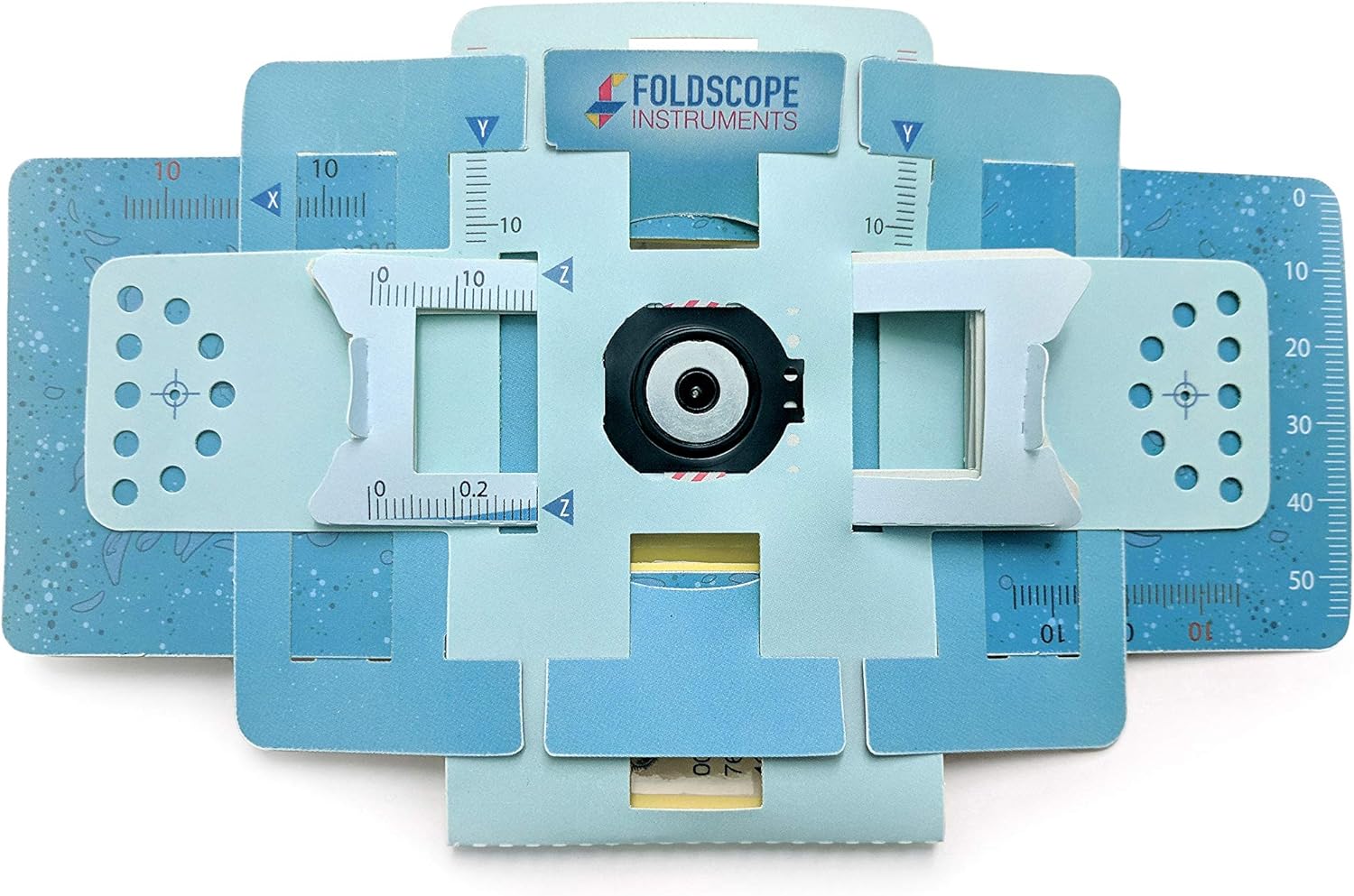The WHO estimates that over a quarter of the world’s population is infected by soil-transmitted helminths1. By the numbers, schistosomiasis is the deadliest of these diseases.
Symptoms include2:
- Diarrhea
- Bloody stools
- Enlargement of abdomen
- Splenomegaly
- Weakness
- Anemia
- Inflamed liver

The Global Burden of Disease Study estimated more than 200,000 annual deaths related to schistosomiasis3, with over 20 million experiencing severe symptoms4. It has a greater economic impact than all but malaria in tropical countries5.
When Kiersten proposed her idea for a helminth egg classifier, I was both impressed with her domain expertise and creativity, and enamored with the idea of applying machine-learning to such a clear public problem. I have long been interested in economic empowerment, and by chance had become familiar with schistosomiasis during some undergraduate research in physics.
Fewer than half of those who needed treatment (88 M / 200 M) for schistosomiasis received it in 20166. This is because microscopes and specialists are expensive, and not readily accessible in the developing world. When Kiersten found out about an inexpensive microscope attachment for cell phones, she wondered if there was a way to help those without access to a doctor. The idea for Parasite ID was born.

With a functioning image-recognition app and a camera phone, a lab tech could now deliver guidance on a treatment plan with over-the-counter drugs in only the time it takes to prepare a microscope slide from a stool sample. The application will soon be ready for use in hospitals, clinics, and aid organizations with willing volunteers who lack pathology credentials. We hope it will aid the 200 million people in need of treatment on their way to a long, healthy life.
1 “Soil-transmitted helminth infections”. World Health Organization. ↩
2 “Schistosomiasis” Communicable Disease Prevention. ↩
3 “Schistosomiasis Fact sheet N°115”. World Health Organization. 3 February 2014. ↩
4 Kheir, M. M.; Eltoum, I. A.; Saad, A. M.; Ali, M. M.; Baraka, O. Z.; Homeida, M. M. (February 1999). “Mortality due to schistosomiasis mansoni: a field study in Sudan”. The American Journal of Tropical Medicine and Hygiene. 60 (2): 307–10. PubMed id 10072156 ↩
5 “Schistosomiasis Control Program” The Carter Center. ↩
6 “Schistosomiasis” World Health Organization. ↩
Banner photo by Bruce Wetzel (photographer). Harry Schaefer (photo) [Public domain], via Wikimedia Commons


